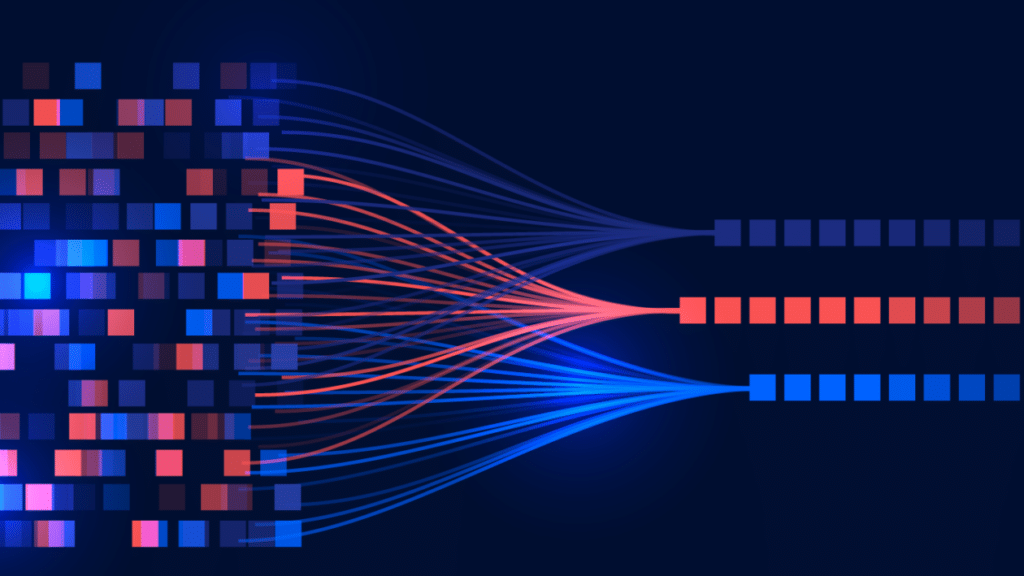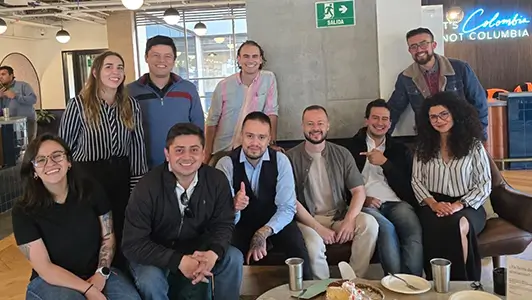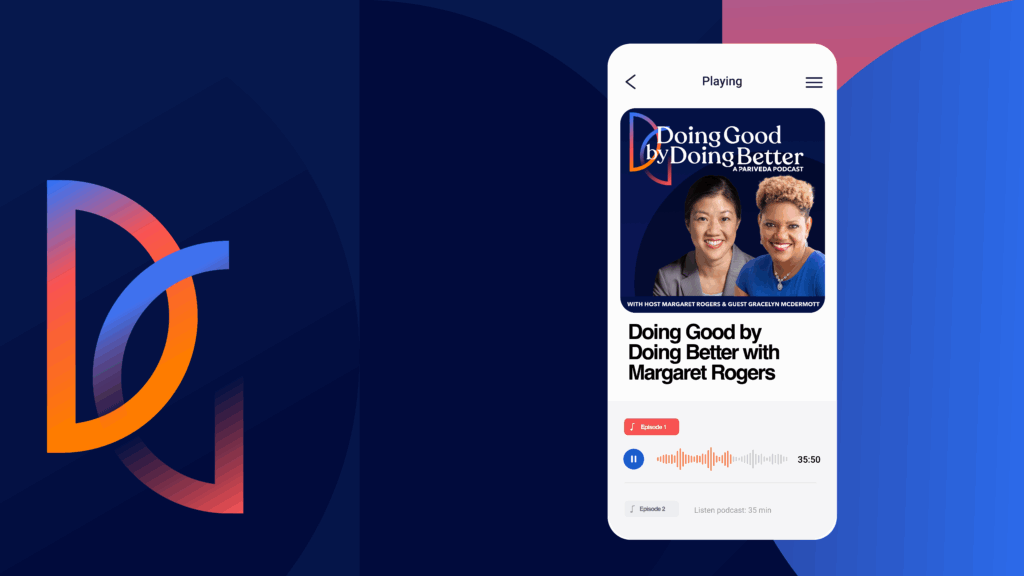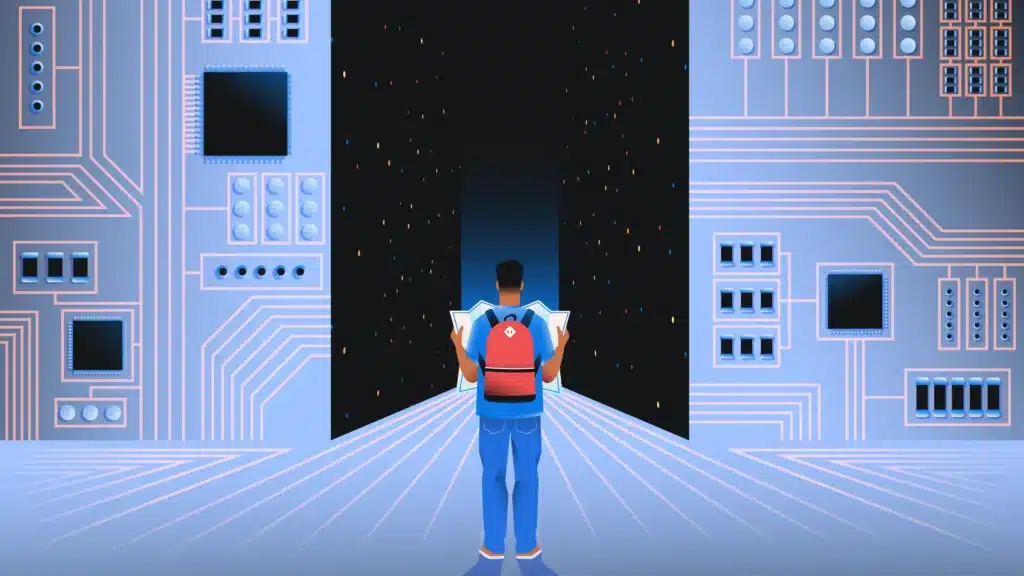The hidden cost of AI: how cognitive erosion threatens competitive advantage
While organizations celebrate AI productivity gains, troubling patterns are emerging from leading research institutions. A comprehensive study from Microsoft Research and Carnegie Mellon University, analyzing 319 knowledge workers, reveals that higher confidence in AI correlates with significantly diminished critical thinking abilities. The evidence is stark: participants using generative AI tools showed reduced neural connectivity and recall compared to those relying solely on their cognitive abilities, with brain scans indicating weakened connections in regions tied to critical thinking.
This cognitive decline manifests differently across experience levels. For junior workers, sustained AI use leads to dependence, reduced cognitive effort, and a loss of personal writing style. Among senior professionals, researchers identify the “LLM Intern Fallacy”–the misconception that AI can serve as a reliable assistant without undermining expert judgment. Senior professionals often become fixated on increasingly elaborate prompting techniques rather than applying fundamental problem-solving methods, creating what cognitive scientists term the Einstellung effect.
Both patterns, junior effort minimization and senior Einstellung fixation, represent fundamental threats to organizational cognitive capability. The common thread linking these patterns is the human impulse to minimize cognitive effort, creating a self-reinforcing cycle: as AI handles more cognitive work, humans practice these skills less, leading to decreased competence and increased dependence.
The competitive cost of cognitive decline
This cognitive erosion directly threatens the intellectual capabilities that drive business success. Research demonstrates that cognitive skills are fundamental to competitive advantage: organizations leveraging data-driven analytical approaches significantly outperform competitors in customer acquisition, retention, and profitability. When AI erodes these foundational skills, organizations lose their capacity for innovation, strategic thinking, and adaptive problem-solving.
Knowledge workers are especially vulnerable, as their roles rely on cognitive abilities that AI can replicate or degrade. Unlike physical labor, where human judgment remains visibly essential, knowledge work often creates the illusion that AI can fully replace human thinking. This misperception leads to over-reliance patterns that systematically erode the skills that create professional value, creating a cognitive paradox where teams become more productive on simple tasks while losing capacity for complex challenges that define competitive advantage.
Why cognitive preservation is the missing pillar in AI workforce enablement
Most organizations approaching AI adoption focus intensively on the Workforce Enablement Engine, the critical feedback loop that connects Organizational Culture, Business Processes, and Use Cases to create sustainable AI adoption momentum. Yet despite significant investments in AI training, change management, and skill development programs, many organizations find their workforce enablement efforts plateau or even regress over time.
The root cause isn’t insufficient training or poor change management; it’s the systematic erosion of the cognitive capabilities that make workforce enablement possible in the first place.
The workforce enablement paradox
Traditional workforce enablement strategies create an unintended paradox: while teaching employees to use AI tools more effectively, they inadvertently create conditions for cognitive atrophy that undermine the very capabilities needed for sustainable AI adoption success.
The traditional approach: Organizations typically focus on training employees to prompt AI effectively, integrate AI outputs into workflows, and leverage AI for productivity gains. Surface-level metrics show immediate improvements, faster task completion, increased output volumes, and higher employee confidence in AI tools.
The hidden consequence: These programs reduce employees’ practice with the critical thinking, analytical reasoning, and creative problem-solving skills that distinguish valuable human contribution from automated task completion. As employees become more AI-dependent, they lose capacity for the complex judgment calls, innovative thinking, and adaptive problem-solving that drive the Workforce Enablement Engine’s most valuable outcomes.
Activating the enhanced workforce enablement engine
When cognitive preservation becomes the foundation of workforce enablement, the feedback loop operates at a fundamentally higher level:
Culture → Cognitive-preserved processes → Sustainable use cases: Organizational culture that values both AI efficiency and human thinking skills creates business processes that intelligently balance automation with human judgment, leading to AI use cases that build rather than erode organizational capability over time.
Cognitive feedback acceleration: Instead of employees simply becoming better at using AI tools, they develop the capacity to evaluate when and how AI adds value, identify limitations in AI outputs, and continuously improve the human-AI collaboration process. This creates faster learning cycles and more sophisticated use case development.
3 proven collaboration models to preserve human intelligence in AI-powered workplaces
Rather than accepting cognitive decline or abandoning AI, three distinct collaboration models preserve human intelligence while maximizing AI value:
1. The cloister method (highest cognitive protection)
Approach: Periodic problem-solving sessions using whiteboards, paper, in-person discussion–without any AI assistance.
Why it works: This approach directly addresses research showing that cognitive skills require regular practice to maintain strength. The method forces what researchers call “effortful processing,” strengthening neural pathways associated with critical thinking and creative problem-solving.
Use cases:
- Breakthrough innovation planning
- Cognitive fitness evaluations
- High-stakes decision-making requiring deep contextual insight
2. Human-centered AI interrogation (high cognitive protection
Approach: Two people systematically challenge AI outputs through Socratic questioning, devil’s advocate techniques, and collaborative analysis.
Why it works: This approach prevents “automation bias” and preserves diverse perspectives critical to innovation.
Use cases:
- Junior-senior skill building
- Cross-functional decision review
- AI output validation sessions
3. Asynchronous cognitive review (moderate cognitive protection)
Approach: One person works with AI while another reviews both outputs and the human thinking process, ensuring quality while creating learning opportunities.
Why it works: Organizations implementing review processes report maintaining quality standards while gaining AI efficiency benefits, preventing the “reduced critical inquiry” documented in high-dependency AI users.
Use cases:
- Quality assurance for client deliverables requiring human oversight
- Distributed team coordination with quality checkpoints
- Knowledge transfer via reflective feedback
The three collaborative approaches, Cloister Method, Human-Centered AI Interrogation, and Asynchronous Cognitive Review, maintain the human intellectual infrastructure needed for the Workforce Enablement Engine to operate at full capacity. Employees can leverage AI for efficiency while preserving the analytical and creative capabilities needed to drive continuous improvement and innovation.
How to build intellectual infrastructure for lasting AI advantage
The most successful organizations position cognitive preservation not as defensive skill maintenance but as building intellectual infrastructure for thriving in an AI-transformed future. This infrastructure creates compound competitive advantages over time:
Cognitive competitive moats: While competitors become more AI-dependent and cognitively weaker, organizations implementing structured cognitive preservation become more cognitively strong and better at AI-human integration. This creates a widening performance gap that’s difficult to close, a true competitive moat built on intellectual capability.
Enhanced innovation capacity: Structured collaboration between humans and AI creates what researchers call “centaur teams,” hybrid human-machine partnerships that outperform either humans or AI working alone. Studies show these teams generate significantly more innovative solutions by combining AI’s computational power with preserved human creativity and contextual understanding.
The choice that defines our future
The research is unequivocal: uncritical AI adoption erodes the cognitive capabilities that create competitive advantage. Organizations face a fundamental choice: optimize for short-term efficiency while sacrificing long-term intellectual capacity or invest in collaborative approaches that preserve human thinking while leveraging AI power.
The winners won’t be those who use AI most extensively, but those who use it most strategically. They’ll preserve the critical thinking, analytical reasoning, and creative problem-solving that drive innovation, strengthen relationships, and navigate uncertainty. Companies that implement these three collaboration approaches will develop cognitive capabilities that become increasingly valuable as competitors become more AI-dependent.
The cognitive crisis hidden in our AI success isn’t inevitable, but addressing it requires immediate, intentional action. The time to choose is now, before we lose the thinking skills that make us uniquely human and uniquely valuable.
Dive Deeper: Explore how organizational pace layers and feedback loops can accelerate your cognitive preservation initiatives.

















